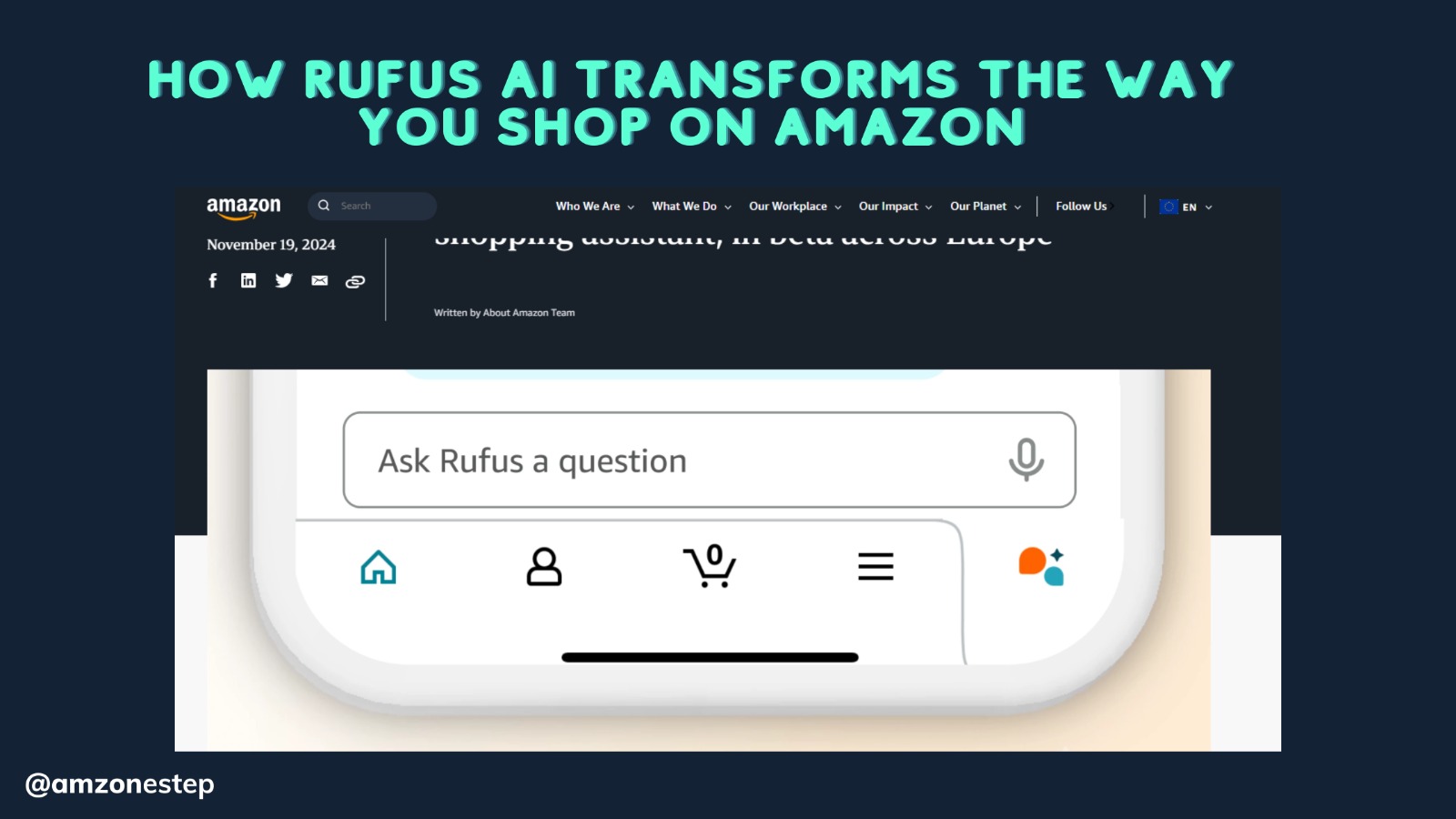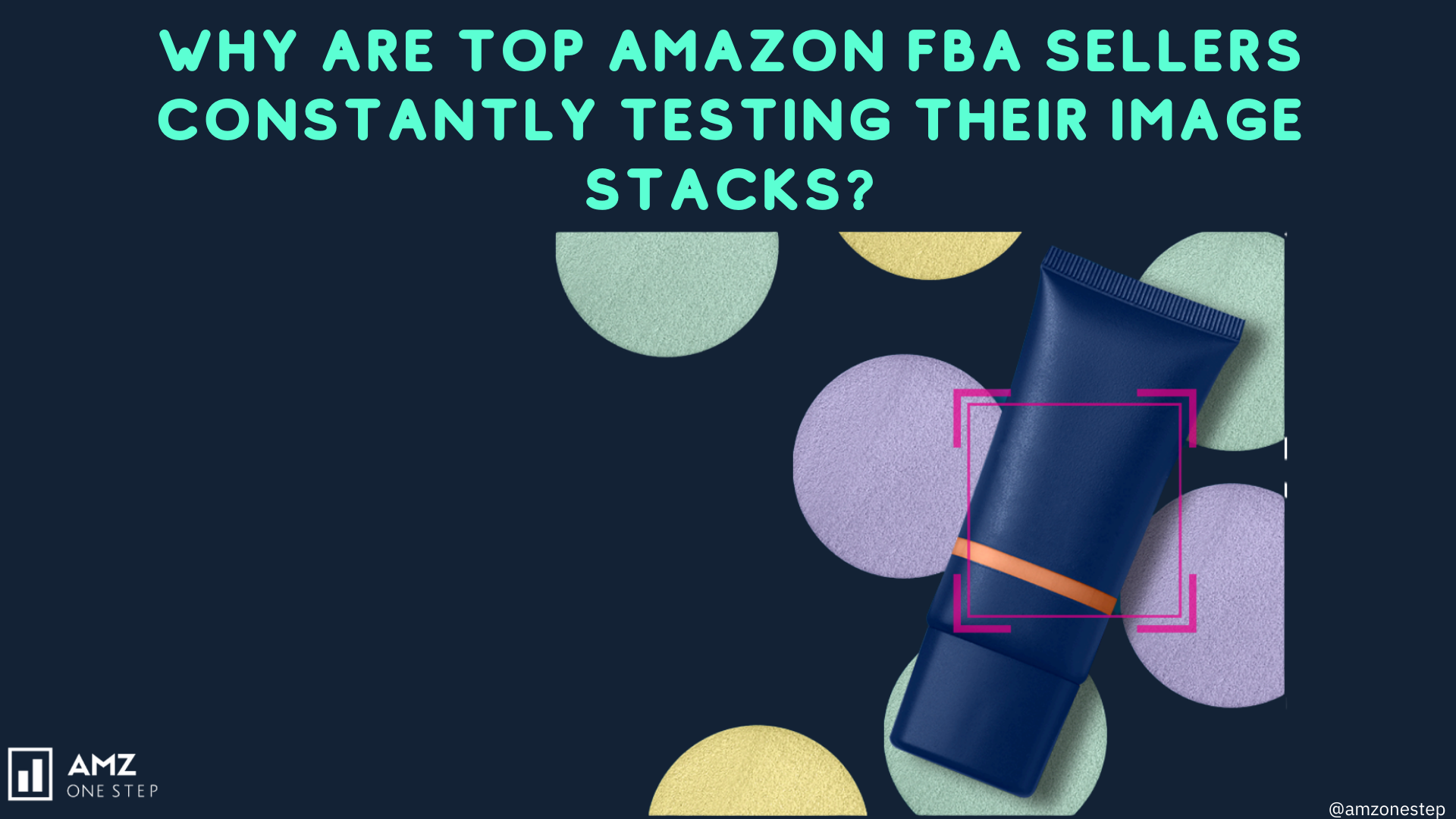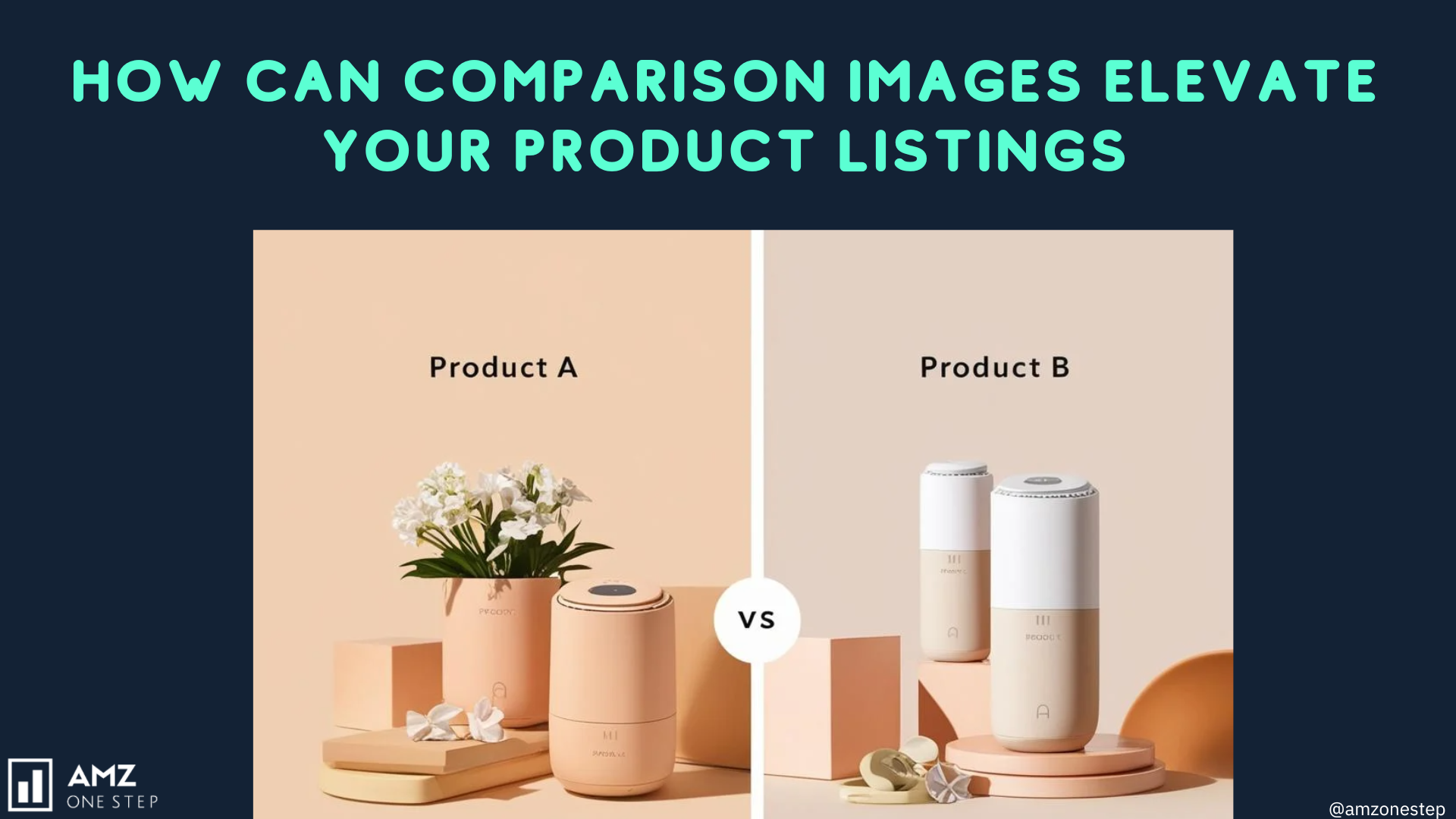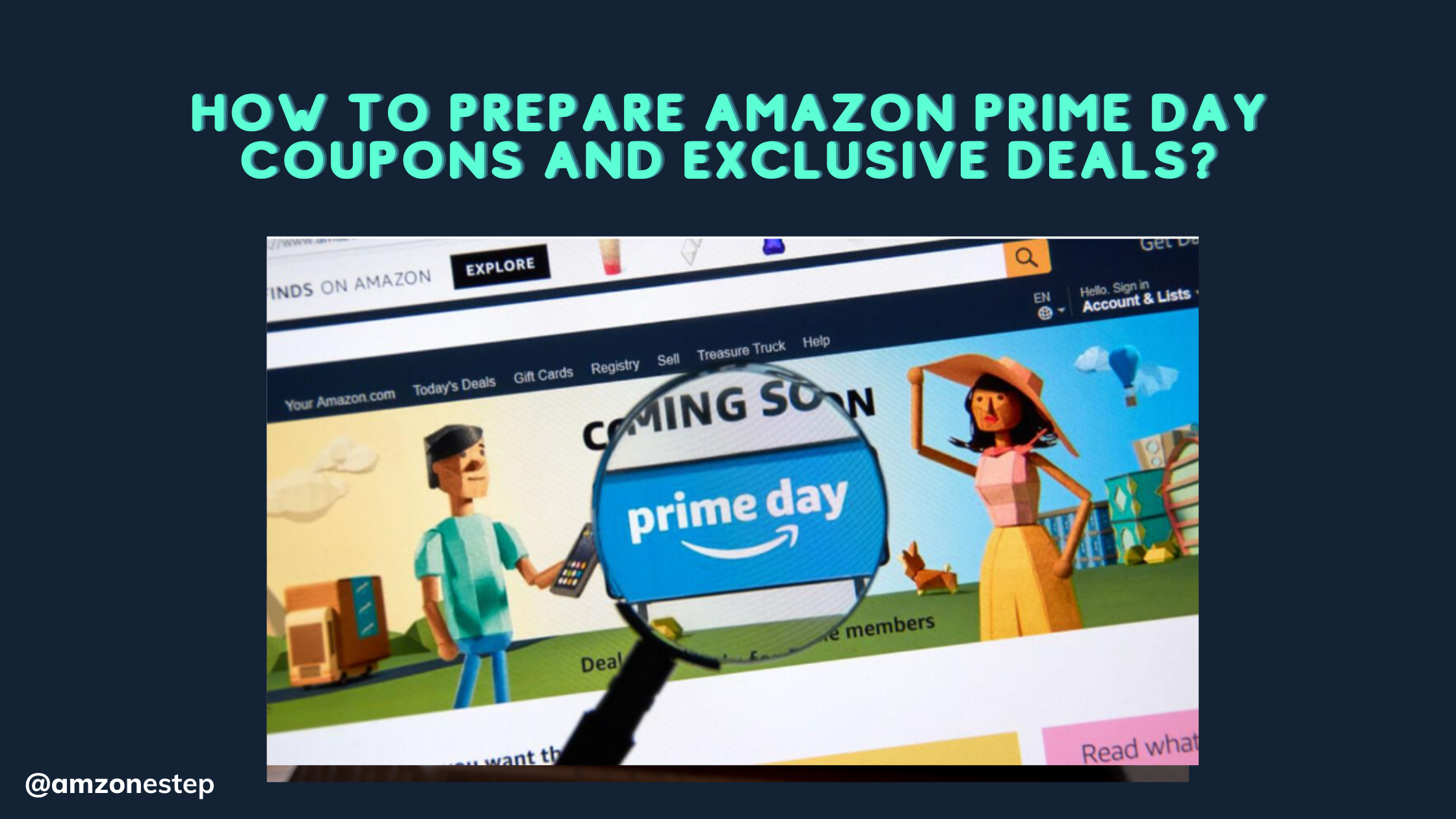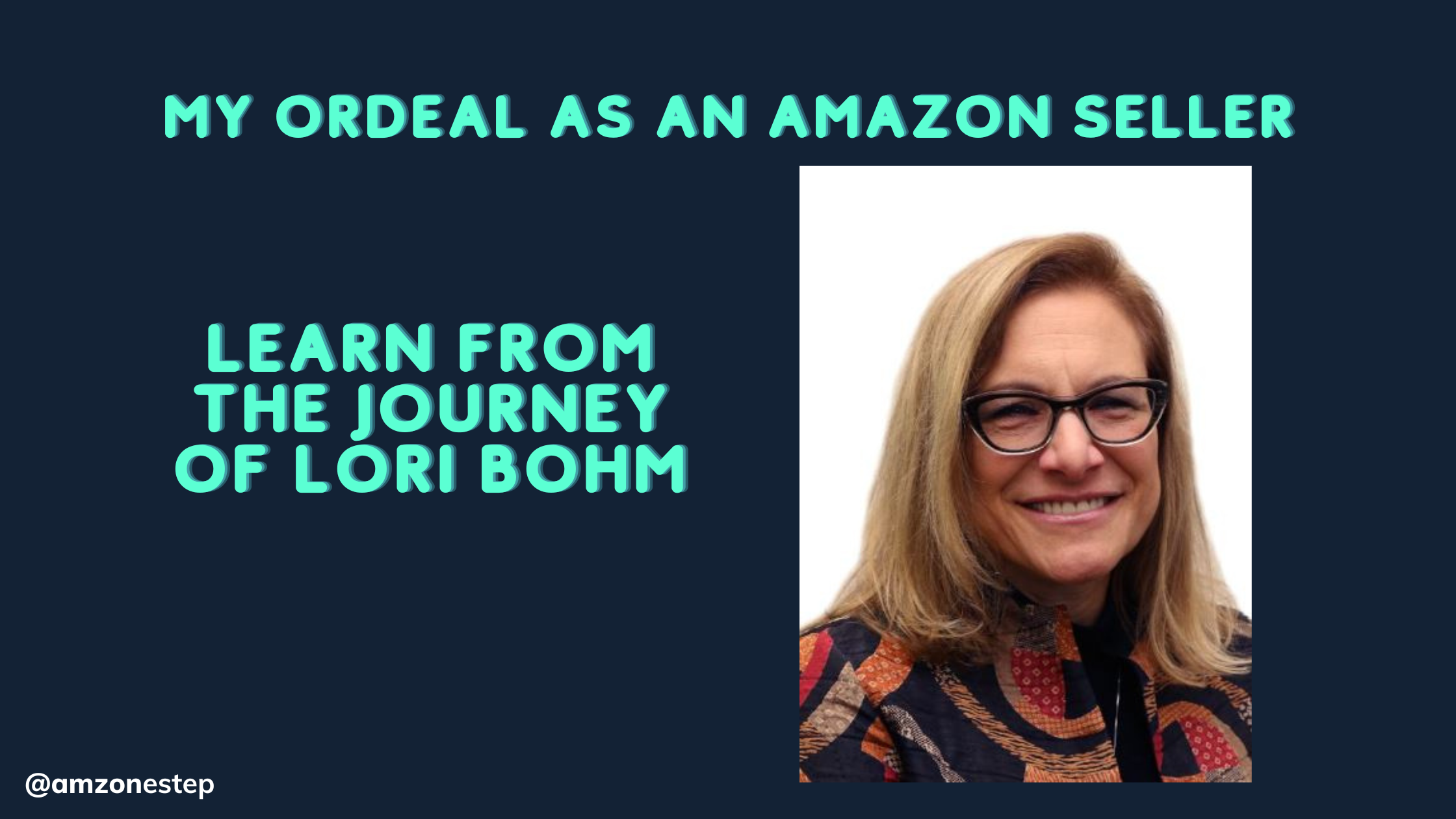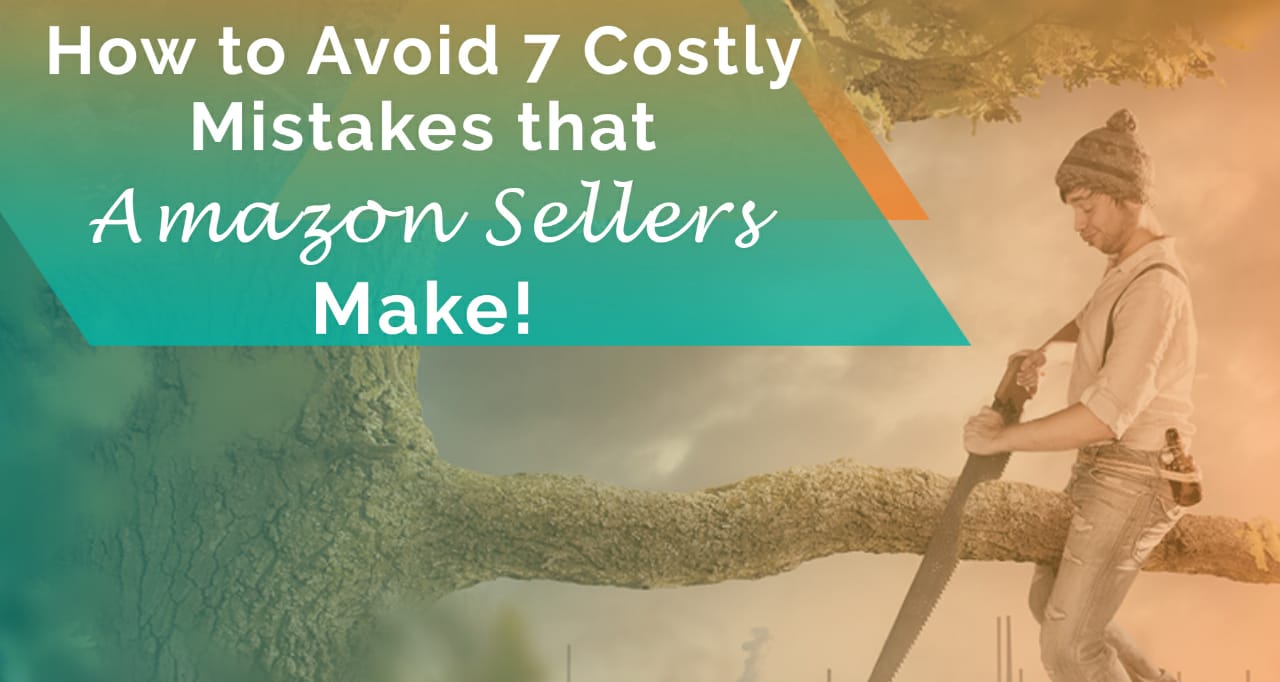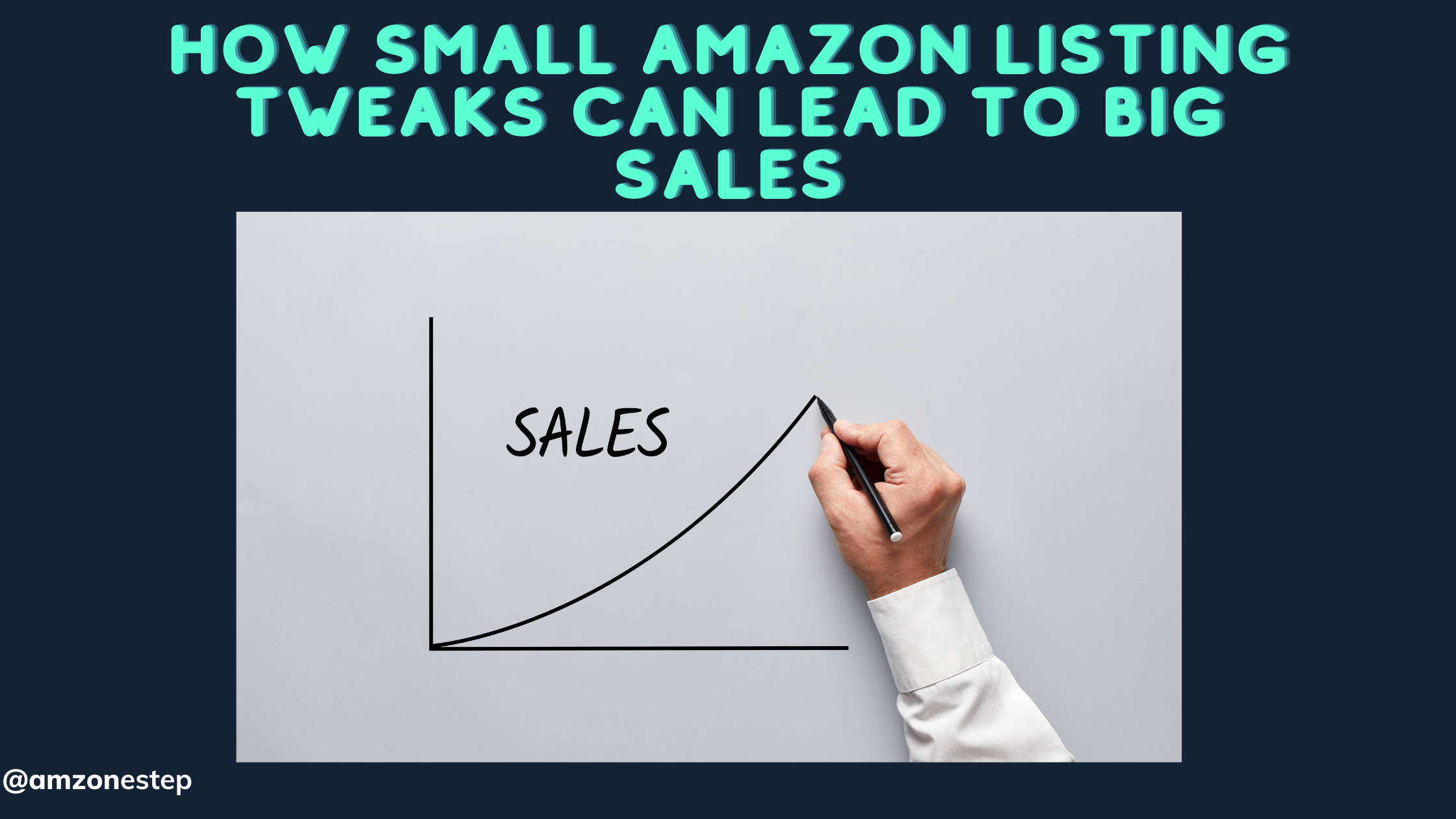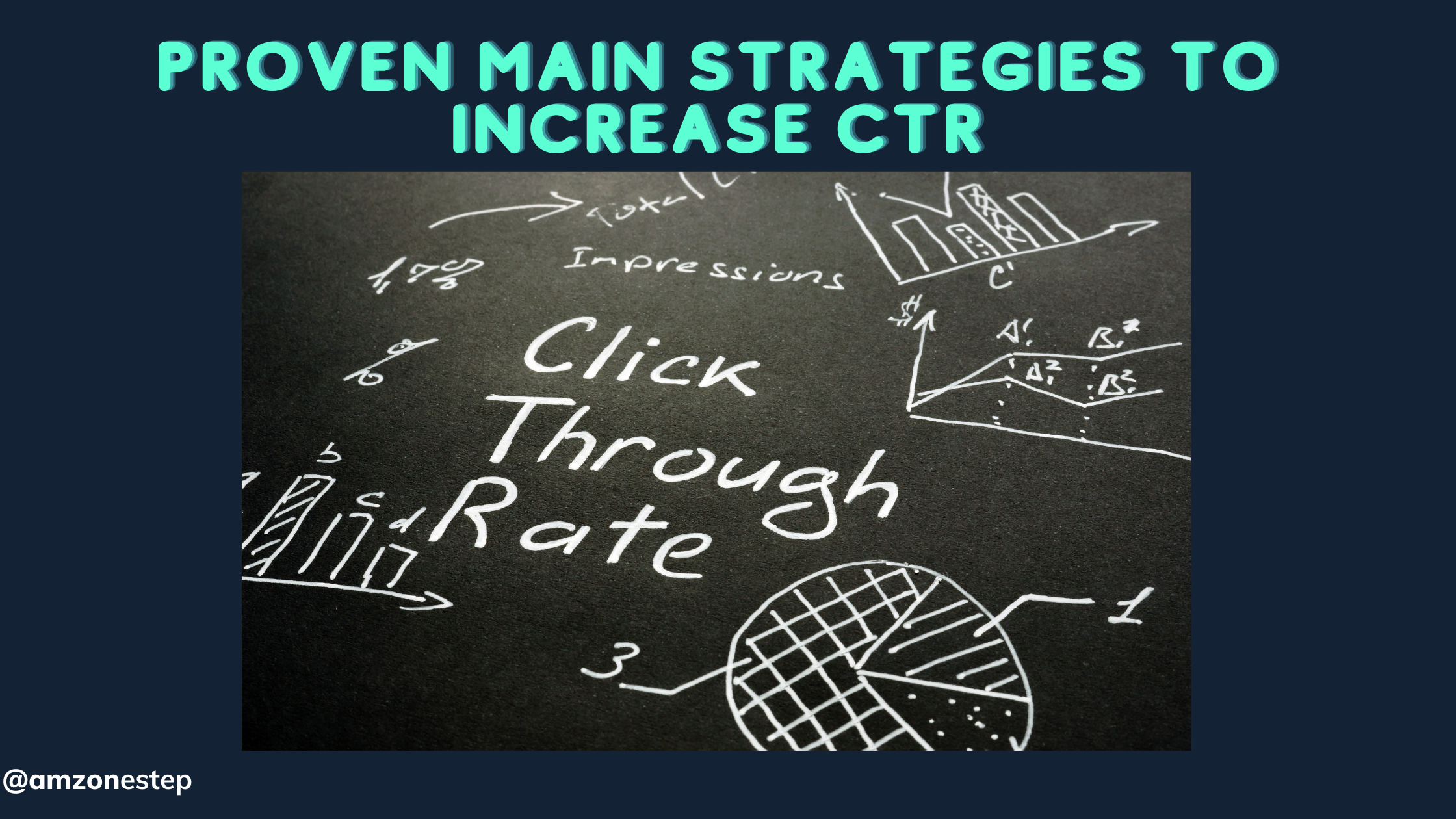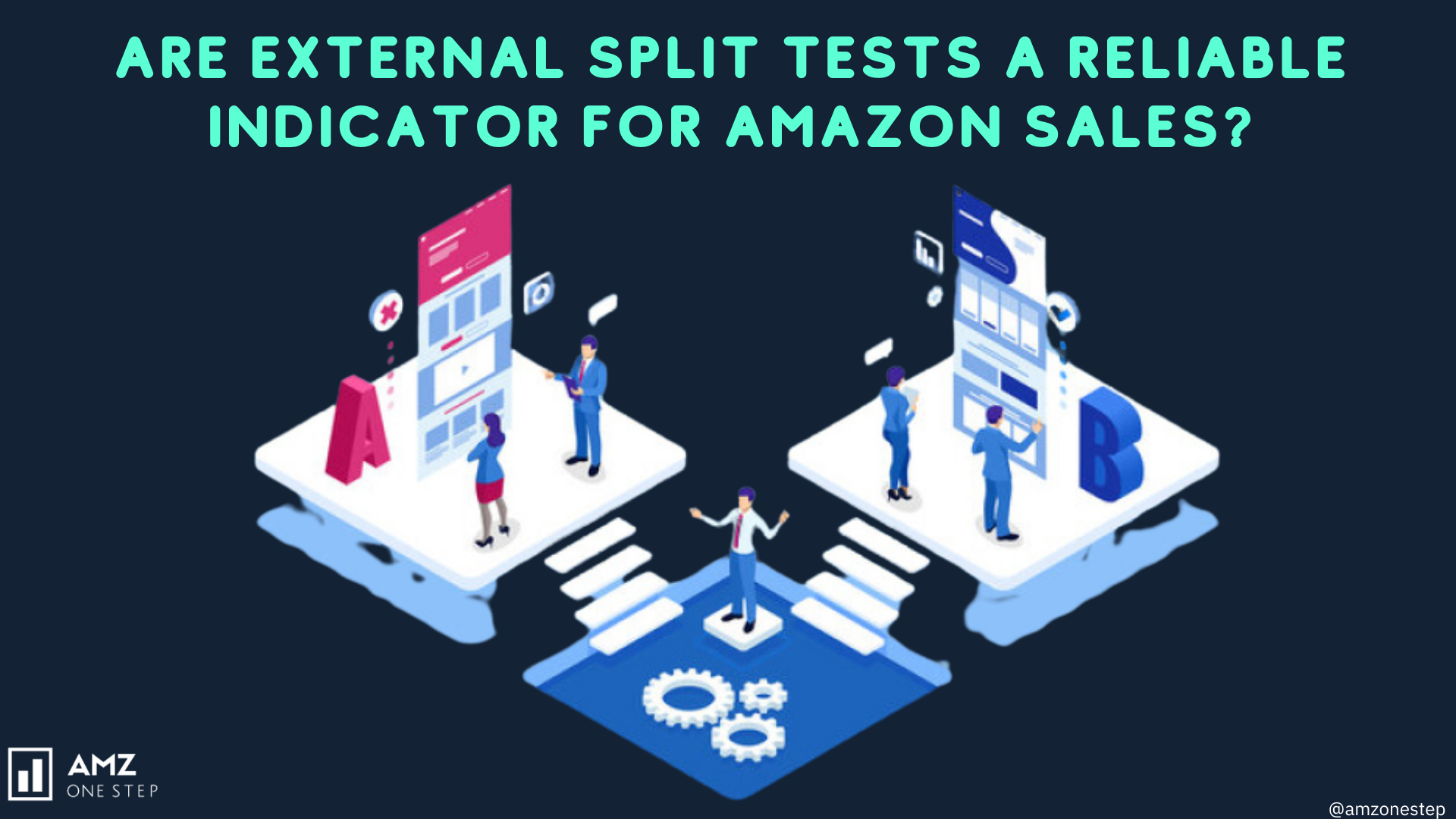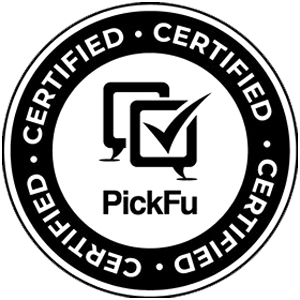- Success on Amazon relies on integrating keywords, persuasive copy, and impactful visuals to create a unified, conversion-focused listing.
- Strategic placement and natural use of keywords in titles, bullet points, and descriptions boost visibility and search rankings.
- Persuasive, benefits-driven copy aligned with customer search intent drives conversions and reflects a consistent brand voice.
- High-quality images, lifestyle photos, and videos highlight essential features and complement the copy to increase engagement and sales.
- Using Amazon’s data tools and customer feedback to A/B test and improve keywords, copy, and visuals ensures ongoing listing optimization.
Introduction
Selling a great product is not enough to get sales on Amazon. The world of online shopping is all about creating a positive perception. Amazon FBA sellers have to make a positive impression of their products. It is up to the sellers to appropriately utilize these tools to stand out in the market. Not using these tools will result in lower sales, even if the product is decent. Sellers must create a synergy between the right keywords, persuasive copy, and stunning visuals. If these aspects are not up to the mark, the sales will suffer significantly. Correct keywords ensure higher visibility, compelling copywriting captures your audience’s desires, and visuals bring the product to life.
When everything works harmoniously, it elevates your product from the search bar to the cart. Let’s dive into how mastering this balance can set your listing up for success.
The Importance of Harmonizing Keywords, Copy, and Visuals
Integrating keywords, copy, and visuals is essential for standing out in the crowded and saturated Amazon marketplace. Keywords will help buyers discover your product. Once they are on the listing page, your copywriting must be good enough to keep them engaged. Similarly, the visuals should create an instant appeal. The synergy increases clicks and conversions, helping you get ahead of your competition. A keyword-filled copy without any engagement will only bring visitors to your listing. If you only have good visuals and no keywords, buyers will not be able to find your listing. Therefore, synergy is everything!
Keywords are essential for ensuring your product shows when your target demographic searches. An extensive and well-researched keyword analysis is necessary for finding keywords that relate to your target demographic. Therefore, you cannot fill the listing with irrelevant keywords, as they will attract people who do not intend to purchase the product. Listing copywriting has to be short, informative, and persuasive, convincing the buyers to get the product. Visuals create an instant connection and offer a tangible representation of the quality, use, and appeal. These elements signal the Amazon algorithm that your listing is engaging and relevant, boosting your ranking over time.
Consistency is essential for creating a cohesive Amazon product page that builds trust and confidence. Your keywords should seamlessly integrate into your copy, ensuring that search terms naturally appear in product titles, bullet points, and descriptions without feeling forced. The visuals must align with the messaging in your copy, illustrating the benefits described in the bullet point feature text. When all elements are consistent, your product page feels professional, credible, and easy to navigate, which helps reduce buyer hesitation and increases the likelihood of a purchase. Inconsistent messaging or poorly matched visuals confuse and erode trust, costing you valuable sales.
Read More: How to Structure Your Listing (UPDATES)
Research Tools & Techniques for Finding the Right Keywords
Finding the right keywords is the foundation for enhancing discoverability. Sellers must use data-driven tools to pinpoint high-volume, relevant search terms. Tools like Helium 10, Jungle Scout, and Amazon’s search suggestions can help uncover essential keywords. Ensure the keywords you have picked show relevant results in the Amazon search bar. Also, check out the Amazon auto-fill keywords. Thorough research ensures that you are targeting the most effective keywords. After that, use relevant keywords to position your product accurately. If you have a unique product, you can skip this part. You should find purpose-related keywords if you have a unique product.
Identifying keywords is half the battle. Appropriate keyword placement makes all the difference. The product title should have the highest priority long-tail keywords. Each bullet point should have one keyword. The first bullet point should be the highest priority keyword, and the following keywords should be in descending order. You can expand further, weaving in additional keywords without disrupting the narrative. The product description disappears once you upload the EBC, so you can upload your leftover keywords here in this field to improve your indexing. You have to communicate product features without overwhelming your customers.
Effective Amazon listing optimization depends on balancing keyword density with a natural-sounding copy. It is essential to include enough keywords to satisfy the Amazon A9 algorithm. Overloading your copy with search terms can make it awkward and off-putting to customers. Maintain a conversational tone throughout the copy and integrate keywords where they fit. Use them in a way that feels relevant to the reader. So, the copy serves both the search engine and your customer. Striking the right balance ensures that your product remains discoverable without sacrificing the professionalism and clarity of your listing.
Keyword stuffing refers to cramming as many keywords as possible into your listing. It might seem like a clever way to increase your visibility. However, the Amazon algorithm can penalize listings that appear spammy or unnatural, and customers lose trust in a listing that feels like a jumble of keywords rather than thoughtful content. The best practice is to prioritize quality over quantity. Focus on the most relevant, high-impact keywords and incorporate them where they naturally enhance your copy. This approach ensures your listing is algorithm-friendly and customer-centric, helping you rank higher without sacrificing credibility.
Read More: How Small Amazon Listing Tweaks Can Lead to Big Sales
Writing a Compelling Copy That Converts
The product title is the first thing Amazon buyers see, and it needs to strike the perfect balance between informative and persuasive. It must have the primary product keyword while describing the most important features or benefits. Do not exceed 150 characters, as the product listing will not fully appear in the search results. Bullet points are your chance to dive deeper into the key selling points. Use short, punchy statements that highlight features, benefits, and unique selling propositions. Explain what sets your product apart, ensuring your copy speaks to the needs and desires of your target audience, making it easy for them to understand the value of your product.
We highly advise uploading an Amazon EBC. If you do not have an EBC, you need a product description. It is the final pitch for your product. Do not just list what the product does; explain how it makes the customer’s life easier, better, or more enjoyable. Convince the buyers to add your products to the cart. How will it solve their problems or meet their needs? Use this section to elaborate on any features that couldn’t fit your bullet points, giving context and detail where it counts. A well-crafted description should speak directly to the customer’s pain points and desires, closing the sale with clarity and confidence.
Understand what your target demographic wants in a product before crafting Amazon listing copywriting. Align your listing with customer intent by focusing on what your audience is truly looking for when they type in specific search queries. Are they searching for a budget-friendly option, or do they need something durable for heavy use? Customize your copy to their desires and search intents. When your product listing feels like a direct answer to their search query, it is more likely to result in a conversion, as you have effectively solved their problem or fulfilled their desire.
Appealing to emotions makes all the difference in a saturated market like Amazon. Using emotional triggers and powerful words in your product description helps create a sense of urgency or desire. Words like “luxurious,” “unbeatable,” or “revolutionary” can tap into deeper motivations, whether it’s the desire for comfort, success, or status. Combine these with benefit-focused language to evoke a reaction that resonates with the shopper’s feelings. Emotional triggers make your product feel essential!
Creating a consistent brand voice is crucial for building trust and recognition on Amazon. Whether you are selling a single product or an entire line, your listings should all have a uniform tone that reflects your brand identity. It creates a cohesive experience for customers who may view multiple listings in your catalog. Over time, a consistent brand voice helps you stand out, making your products instantly recognizable across the platform.
Creating Appealing Visuals
Visuals often speak louder than words. High-quality Amazon listing images are the deciding factor between a shopper clicking “Add to Cart” or moving on to the next listing. Professional Amazon product photography and editing help create crisp, professional listing images that convey a sense of trust and quality. Buyers cannot physically touch or test the product, so your images must do the heavy lifting, showing them exactly what to expect. Listings with polished, detailed images tend to see higher conversion rates because they give customers confidence that they are making a well-informed decision.
Use infographic images to highlight texture, materials, size, and functionality. If your product has any features or accessories, make sure they are displayed. Lifestyle photos take your product beyond the white background and into the real world, showing it in use and helping customers envision it in their lives. These images create emotional connections, making the product more relatable and desirable. Lifestyle photos and infographics deliver a powerful combination of relatability and clarity, helping to answer questions, reduce uncertainty, and increase the likelihood of conversion.
Attractive Amazon product videos bring your product to life, demonstrating its features, benefits, and uses in a dynamic way that images alone can’t achieve. Professional Amazon videography services will help you in creating a product video. Whether it’s a tutorial, a demonstration, or a lifestyle scenario, video content reinforces your copy and keywords, helping customers see the product in action. When integrated with your listing’s text, videos boost engagement and provide a comprehensive shopping experience, ensuring your product stands out in a competitive market.
Bringing it All Together
Visuals are a direct extension of your product copy, acting as visual proof of the claims you make in your descriptions and bullet points. Analyze whether your visuals are supporting the story your copy is telling. Do they highlight the most essential features? Do they convey the same tone and promise as your copy? Visuals that effectively reinforce your product’s benefits make your listing more compelling, creating a seamless experience that instills confidence in potential buyers.
A/B testing is the key to refining your listing and discovering what resonates most with your audience. Test different versions of your copy and visuals to see which combinations yield the best results. For example, you could test varying keyword density, different product titles, or alternate feature images to determine what drives the highest conversions.
After implementing the advised steps, monitor your key metrics. Conversion rate shows how well your listing turns views into sales, while CTR reflects how often your product gets clicked on after showing up in search results. Impressions give you a sense of how visible your product is on the platform. These metrics offer critical insights into the strengths and weaknesses of your listing—whether it is keywords that need refining, copy that needs enhancing, or visuals that require more impact. Tracking these performance indicators helps ensure your listings remain competitive and compelling.
Amazon provides sellers with powerful data tools like Brand Analytics and A/B testing features to fine-tune listings. Use these tools to analyze customer behavior and identify trends. Brand Analytics can highlight which keywords drive traffic and conversions, while A/B testing lets you experiment with different versions of your product copy, images, and even titles.
Customer reviews and feedback are invaluable when refining your listing strategy. Comments can reveal common questions, pain points, or features that resonate most with your buyers, giving you a roadmap for improving your copy and visuals.
Conclusion
Achieving success on Amazon requires more than just listing a product—it demands a cohesive and strategic approach that integrates keywords, compelling copy, and visually engaging imagery. Keywords guide your content’s discoverability, while well-crafted copy convinces shoppers of your product’s value. High-quality visuals reinforce the story, making your listing both trustworthy and appealing. Ultimately, it is the synergy between these components that turns potential clicks into loyal customers and consistent sales.

Hi there! I’m the content marketing and branding specialist for AMZ One Step. I work hard to create engaging and informative content that helps our readers learn more about Amazon selling and how to make the most of their businesses. I love spending time with my family and exploring literary works when I’m not writing or working on projects.


